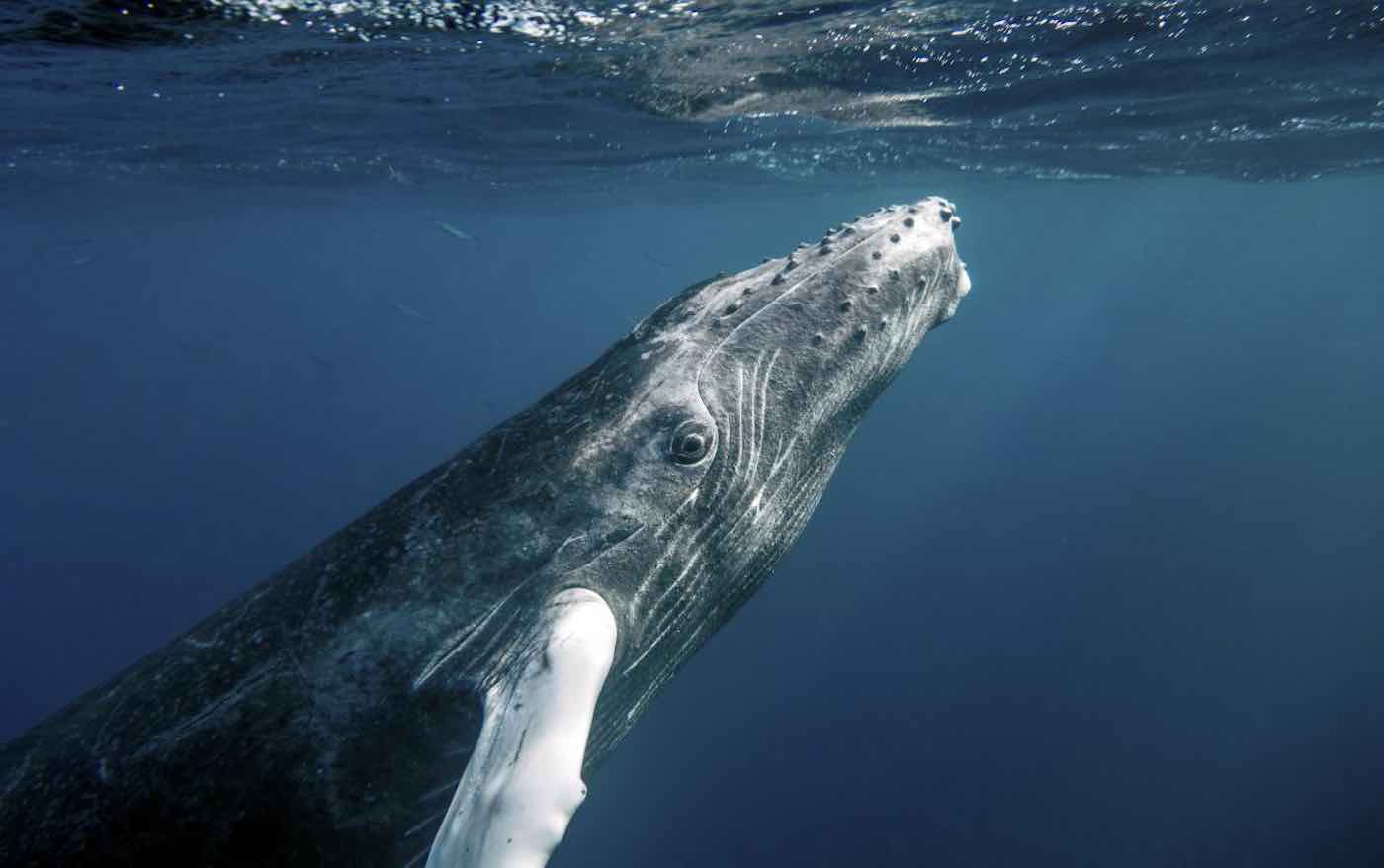In the tranquil waters of Colombia’s Pacific Coast, the annual migration of humpback whales from the chilly seas near Chile to the warmer breeding grounds near Colombia is more than a natural spectacle; it’s a celebration of culture and heritage. Each July, the seaport of Buenaventura becomes a hub of activity as thousands of tourists, both Colombian and international, embark on a journey to witness these majestic creatures up close.
Soure: Festival Ballenas y Cantaoras/YouTube
The Festival Mundial Ballenas y Cantaoras in Málaga Bay, now in its seventh year, does more than just showcase the whales. It serves as a cultural renaissance for the local Afro-Colombian and Indigenous Wounaan communities. Through music, dance, and storytelling, the festival revives local traditions and fosters a deeper connection with nature.
The humpbacks, arriving by the thousands, offer an awe-inspiring display of breaching, tail slapping, and singing. These gentle giants have become a symbol of abundance and the heralds of the rainy season, which fertile crops to the region. This period of abundance is celebrated onshore with vibrant performances, including whale-inspired folk dances and the traditional songs of the cantaoras—local women who are custodians of oral tradition.
This festival also introduces a new form of tourism that blends environmental appreciation with cultural immersion. Visitors can explore the surrounding Uramba Bahía Málaga National Natural Park, a biodiverse sanctuary that is crucial for the whales’ reproductive activities. Accommodations in nearby towns like Ladrilleros and La Barra range from rustic hostels to eco-friendly resorts, providing something for every visitor.
The festival is not just a seasonal event but a vital part of the community’s identity and economy. It underscores the importance of sustainable tourism and cultural preservation in one of Colombia’s most scenic yet vulnerable regions. As the festival grows, it continues to attract more visitors, drawing attention to the need for Conservation and respect for the cultural heritage of the area’s Indigenous and Afro-Colombian communities.
This article by Nicholas Vincent was first published by One Green Planet on 6 September 2024. Image Credit :Stephen Turvey/Shutterstock.
What you can do
Help to save wildlife by donating as little as $1 – It only takes a minute.






Leave a Reply